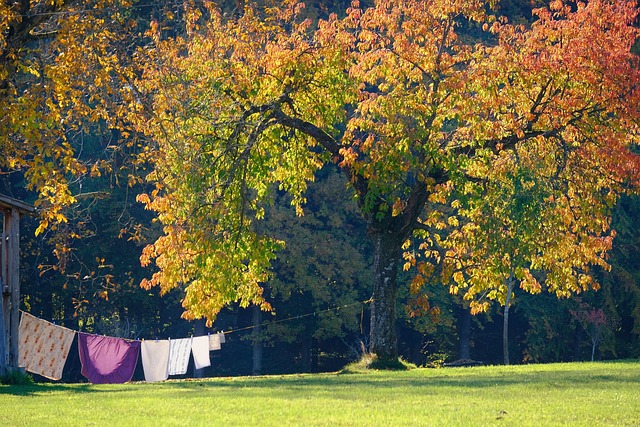Child-safe landscaping focuses on designing outdoor spaces that balance safety and fun for children, eliminating hazards and fostering mental well-being. Using eco-friendly materials like recycled rubber, plastic, and treated natural woods ensures sustainability without compromising durability or aesthetics, promoting sensory development. Selecting non-toxic, durable options minimizes environmental impact while creating engaging play spaces that contribute to both child safety and ecological preservation.
Creating a vibrant, safe outdoor space for children is not just about aesthetics; it’s about fostering healthy development and contributing to a greener planet. This article explores the concept of child-safe landscaping, highlighting its numerous benefits beyond playtime enjoyment. We delve into the world of eco-friendly materials suitable for outdoor playgrounds, offering insights on sustainable options from wood to recycled plastics. Learn key considerations for selecting environmentally conscious choices that ensure both safety and longevity.
Understanding Child-Safe Landscaping and Its Benefits
Child-safe landscaping is a crucial concept in creating outdoor spaces that are both engaging and secure for children. It involves designing and selecting materials and features that minimize potential hazards while encouraging play and exploration. By focusing on child-safe practices, parents and caregivers can transform their yards or community parks into vibrant, inviting areas where kids can freely enjoy the outdoors without constant supervision.
This approach to landscaping offers numerous benefits, including improved physical safety by removing sharp edges, toxic plants, and trip hazards. It also fosters a mental sense of security, allowing children to run, jump, and climb with peace of mind. Moreover, child-safe landscaping encourages creativity and imagination, as it incorporates natural elements like soft surfacing, sensory gardens, and age-appropriate play structures, creating an environment that promotes healthy physical and cognitive development.
Exploring Eco-Friendly Materials for Outdoor Playgrounds
Creating eco-friendly outdoor spaces is not just a trend; it’s an essential step towards sustainable and healthy environments for children to thrive in. When designing child-safe playgrounds, the choice of materials plays a pivotal role. Traditional options like metal and plastic often raise environmental concerns due to their production methods and disposal issues. Fortunately, a wealth of eco-conscious alternatives now exist that offer durability, safety, and aesthetic appeal.
From recycled rubber and plastic to natural woods treated with non-toxic preservatives, these materials provide safe surfaces for playing while minimizing ecological impact. Additionally, living landscapes incorporating native plants and organic features not only enhance aesthetics but also foster a deeper connection with nature, promoting sensory development in children. Exploring these eco-friendly materials allows us to create playgrounds that are both child-safe and environmentally responsible.
Key Considerations When Choosing Sustainable Options
When selecting eco-friendly materials for child-safe outdoor areas, several key considerations come into play to ensure both sustainability and safety. Firstly, look for materials that are non-toxic and free from harmful chemicals, as children’s health is paramount in outdoor spaces where they play and explore. Natural, organic options like recycled plastic, bamboo, and wood from sustainable sources are ideal choices, reducing environmental impact while maintaining a safe environment.
Additionally, durability is essential to withstand the rigors of outdoor use by children. Materials should be resilient against weathering, fading, and cracking to ensure longevity without frequent replacements. Consider options with a low carbon footprint during production, promoting sustainability without compromising quality. Child-safe landscaping involves balancing these factors to create engaging, safe play spaces that also contribute to a greener planet.
Implementing Green Practices for Long-Lasting Safety
Creating child-safe outdoor areas that are also eco-friendly requires a thoughtful approach, aligning green practices with durable safety measures. By choosing materials that are both sustainable and non-toxic, you ensure a healthier environment for children to play and grow. This involves selecting natural, renewable resources that withstand wear and tear, reducing the need for frequent replacements or hazardous chemical treatments.
Implementing these green practices not only benefits the planet but also extends the lifespan of landscaping features. Organic materials like recycled plastic, bamboo, and treated wood are durable alternatives to traditional, potentially harmful options. Proper maintenance and regular inspections further contribute to long-lasting safety, ensuring that eco-friendly choices remain effective in safeguarding children’s playspaces.
Child-safe landscaping not only creates engaging outdoor spaces for children but also offers a unique opportunity to incorporate eco-friendly materials. By choosing sustainable options, we can reduce environmental impact while ensuring long-lasting safety for our young ones. Through careful consideration and implementation of green practices, we contribute to a healthier planet while fostering a generation that appreciates nature’s beauty and importance. Let’s embrace the benefits of child-safe landscaping, both for our children and the environment.
